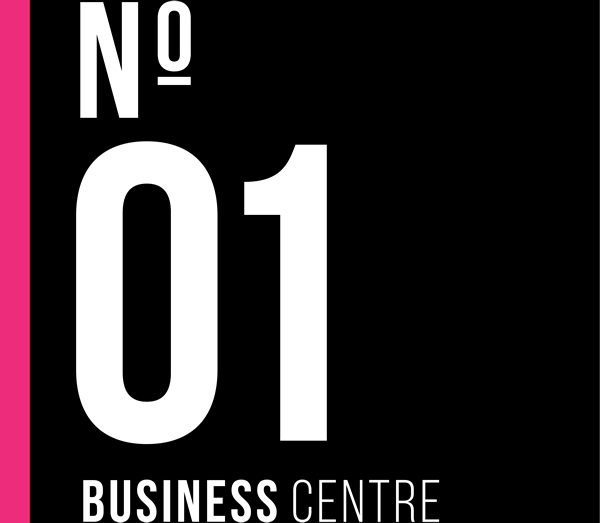Guide to Valuing a Business and Maximising Its Worth
1. Understand Core Valuation Methods
Before diving into external influences, get clear on the primary ways businesses are valued:
A. EBITDA-Based Valuation
- EBITDA (Earnings Before Interest, Taxes, Depreciation, and Amortisation) helps gauge operating profitability.
- Common approach:
Enterprise Value = EBITDA × Industry Multiple
Multiples vary by sector, market conditions, and growth potential.
B. Seller’s Discretionary Earnings (SDE)
- Often used for smaller businesses.
- Adjusts profits to reflect the owner's compensation and discretionary expenses.
- Formula:
SDE = Net Profit + Owner’s Salary + Non-recurring Expenses
C. Asset-Based Valuation
- Relevant for asset-heavy businesses.
- Value = Total Tangible Assets – Liabilities
D. Discounted Cash Flow (DCF)
- Ideal for businesses with stable, predictable cash flows.
- Projects future earnings and discounts them to present value.
2. Adjust for Economic Conditions
Valuation is heavily influenced by macroeconomic dynamics:
- Interest Rates: High rates shrink cash flow projections and valuation multiples.
- Inflation: Impacts operational costs and consumer behavior.
- Currency Stability: Especially important for export-heavy businesses.
- Supply Chain Volatility: Affects fulfilment reliability and customer satisfaction.
During downturns, emphasise operational resilience and cost control.
In growth phases, spotlight scalability and market expansion potential.
3. Factor in Social & Market Trends
Investors and buyers look beyond numbers:
- Consumer Behaviour: Is demand shifting toward convenience, sustainability, or personalisation?
- Remote Work & Virtual Infrastructure: Businesses offering flexibility (e.g., virtual offices) may carry premium value.
- Brand Reputation & Online Presence: A strong digital footprint directly boosts perceived value.
- Tech Adoption: Automation, AI integration, and digital platforms contribute to scalable value.
- Regulatory Changes & ESG Compliance: Future-proofing around the environment, governance, and diversity often sways investors.
Tip: Align your brand story with prevailing trends to increase buyer confidence.
4. Strategic Factors to Boost Business Value
Here’s where your strategic and creative strengths shine:
Key Areas and How to Enhance Value
Client Base | Diversify and secure long-term contracts
Marketing Strategy | Use infographics, and stylised case studies to show ROI
Operational Efficiency | Optimise logistics (e.g., contract packing clarity)
Recurring Revenue | Add subscription models or service retainers
Visual Storytelling | Use clear, engaging communication tools to show impact
Documentation & Processes | Standardise and systematise processes for easy transfer
Make your business look turnkey and scalable.
5. Timing & Presentation
- Sell at the right time: Peak performance + positive trends = premium offers.
- Professional Valuation: Get expert input using industry data and comparative analysis.
- Pitch Deck: Present your business like you would to an investor. Include financials, growth roadmap, and case studies.

